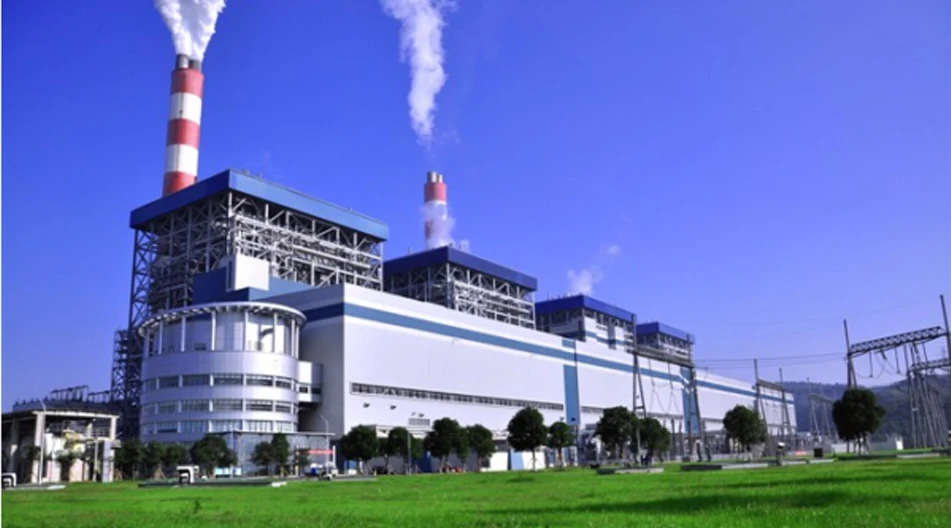Feb . 15, 2025 02:48
Butterfly valves with levers have become a pivotal component in various industrial applications, where precision, reliability, and ease of operation are paramount. These valves are engineered to regulate fluid flow, offering a seamless transition between fully open and fully closed positions with the simplest flick of a lever. Below, we delve into why these valves stand out in the market, outlining their advantages, applicable sectors, and what to look out for when selecting one.

Butterfly valves are favored for their compact design, which is inherently more space-efficient compared to other valve types like gate or globe valves. This design utilizes a disc, which is mounted on a rotating shaft. When the lever is turned, the disc rotates to allow or obstruct fluid flow. The lever mechanism, often ergonomically designed for ease of use, provides a tactile and intuitive method for adjusting the flow—even for non-technical users. This combination of design and functionality makes butterfly valves an ideal choice for applications where space is at a premium and ease of use is a necessity.
In sectors such as water treatment, chemical processing, and HVAC systems,
butterfly valves with levers are often the go-to solution. Their ability to handle large volumes with low-pressure drops increases operational efficiency. Furthermore, the ease of maintenance due to fewer moving parts adds to their desirability, reducing downtime and operational costs. Industrial experts appreciate the ability to perform inline inspections, which is facilitated by the valve's design, without needing extensive disassembly.

From a materials perspective, the choice of construction material greatly influences a butterfly valve's performance and durability. Common materials include stainless steel, cast iron, and plastic composites, each catering to different pressure and temperature requirements. For example, in corrosive environments such as chemical industries, valves made from stainless steel or plastic composites are often recommended to withstand aggressive media. This adaptability in material selection speaks to the expertise behind the valve's design—a commitment to marrying the right materials with the specific needs of an application.
butterfly valve with lever
Authority in the butterfly valve market can often be determined by a manufacturer's reputation, adherence to industry standards, and innovation in design. Trustworthy manufacturers follow stringent quality control measures, complying with international standards such as ISO, ASME, and API. These credentials serve as a testament to both safety and performance, ensuring that end-users receive a product capable of delivering on promises. Additionally, some manufacturers offer customization options, tailoring the product to address unique customer requirements, which is a clear indicator of authoritative expertise in this field.
Furthermore, leveraging modern manufacturing technologies, such as CNC machining and 3D printing, has allowed for greater precision and consistency in valve production. This ensures tighter tolerances and enhances the reliability of the valve operation over its lifecycle. Prospective buyers should look for companies that invest in these technologies, as this commitment to advanced manufacturing techniques ensures a high-quality end product.
A significant factor that bolsters trust is a company's transparency and support post-purchase. Offering detailed documentation, availability of spare parts, and responsive customer service all contribute to a trustworthy purchase experience. Real-world user experiences, which highlight aspects like ease of installation and operational efficiency, also provide valuable insights into a valve’s performance beyond theoretical specifications.
In conclusion, butterfly valves with levers are a testament to thoughtful engineering and design, emphasizing efficiency, reliability, and user-friendliness. By selecting a valve from a reputable manufacturer, well-versed in industry demands, businesses can ensure seamless operation, longevity, and compliance with industry standards. Always consider the specific needs of your application, consult with industry experts, and prioritize quality and support for the optimal selection in this product category.


 Call us on:
+86-311-86935302
+86-311-86935302
Call us on:
+86-311-86935302
+86-311-86935302
 Email Us:
info@thriveonvalve.com
Email Us:
info@thriveonvalve.com South of Huanmadian Village Town, Ningjin County, Xingtai, Hebei Province, China
South of Huanmadian Village Town, Ningjin County, Xingtai, Hebei Province, China